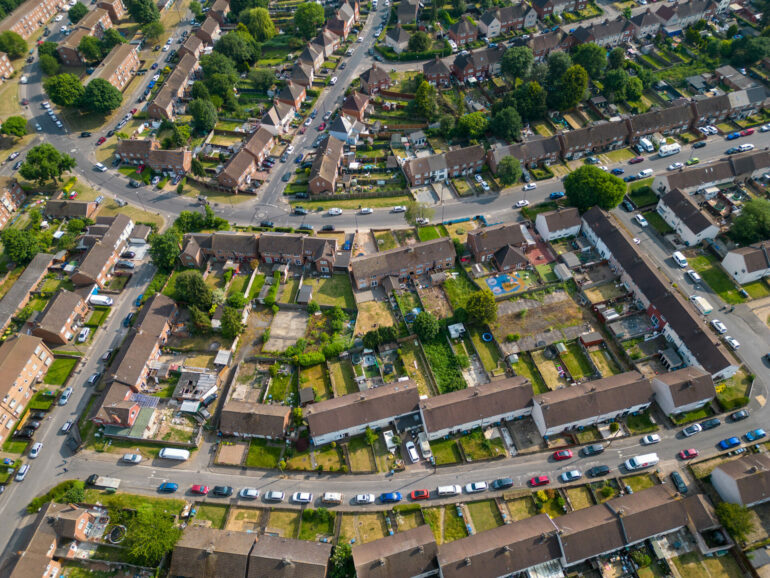The UK mortgage market is facing headwinds as interest rates rise and the cost of home financing increases, according to a report by Kroll Bond Rating Agency (KBRA).
The findings highlight multiple layers of challenges and trends in the region’s housing market, which have come into focus as loan performance begins to falter and affordability issues intensify.
One critical area highlighted is the amount of UK residential mortgage-backed securities (RMBS) held by investors, which has been contracting.
Issuers and investors have been shifting their focus, leading to a decrease in RMBS transactions. On the flip side, volumes of covered bonds and retained RMBS have increased. However, a fresh spate of RMBS transactions have appeared in the market in the past few weeks, signalling some level of dynamism despite the broader trends.
The report also underscores a deteriorating landscape for loan performance. Delinquencies and repossessions are on the rise from historically low levels, affecting not only prime mortgages but also buy-to-let (BTL) and nonconforming mortgage markets. These challenges are compounded by the straining affordability and an uptick in interest rates, which are affecting borrowers’ financial stability and slowing down mortgage lending overall.
Adding to this precarious situation, house prices are experiencing vulnerability following large post-pandemic increases. While these prices are likely to remain relatively high due to ongoing supply constraints, they continue to exert downward pressure on affordability for both owner-occupied and BTL properties.
An emerging trend pinpointed in the report is the diverging paths of housing costs and rents. As house prices feel the squeeze of affordability constraints, the cost of shelter, including rents, is moving in the opposite direction. BTL landlords, already impacted by changes to tax incentives and higher funding costs, find themselves in a particularly challenging position. Many are unable to pass on these costs within existing tenancy agreements, leading to increased delinquencies in BTL mortgages and causing some landlords to exit the market. This, in turn, is adding to the downward pressure on house prices and reducing the rental supply for those less able to afford home purchases.
The analysis also provides a glimpse into the altered landscape of housing demand post-Covid-19. The pandemic initially drove house prices up with double-digit year-over-year increases in 2021, buoyed by a change in demand dynamics. However, rising inflation and interest rates have now put household incomes under pressure, thereby decreasing demand and contributing to a potential long-term downward trend in house prices.
A notable element of the study is the shifting landscape of mortgage funding. Lenders are grappling with a range of financing avenues, including deposits, access to capital markets via RMBS, and covered bonds. There has been a decline in investor-held RMBS since 2020, dropping as much as 12% year-over-year in the fourth quarter of 2022 and the first quarter of 2023. In contrast, retained amounts have grown 18% year-over-year in the second quarter of 2023.
These financial challenges are occurring in a labour market that has yet to experience severe stress, with unemployment standing at 4.3% as of July 2023. This suggests that inflation and interest rates are the primary drivers behind the mortgage market’s current struggles, a situation that KBRA does not expect to change soon.



